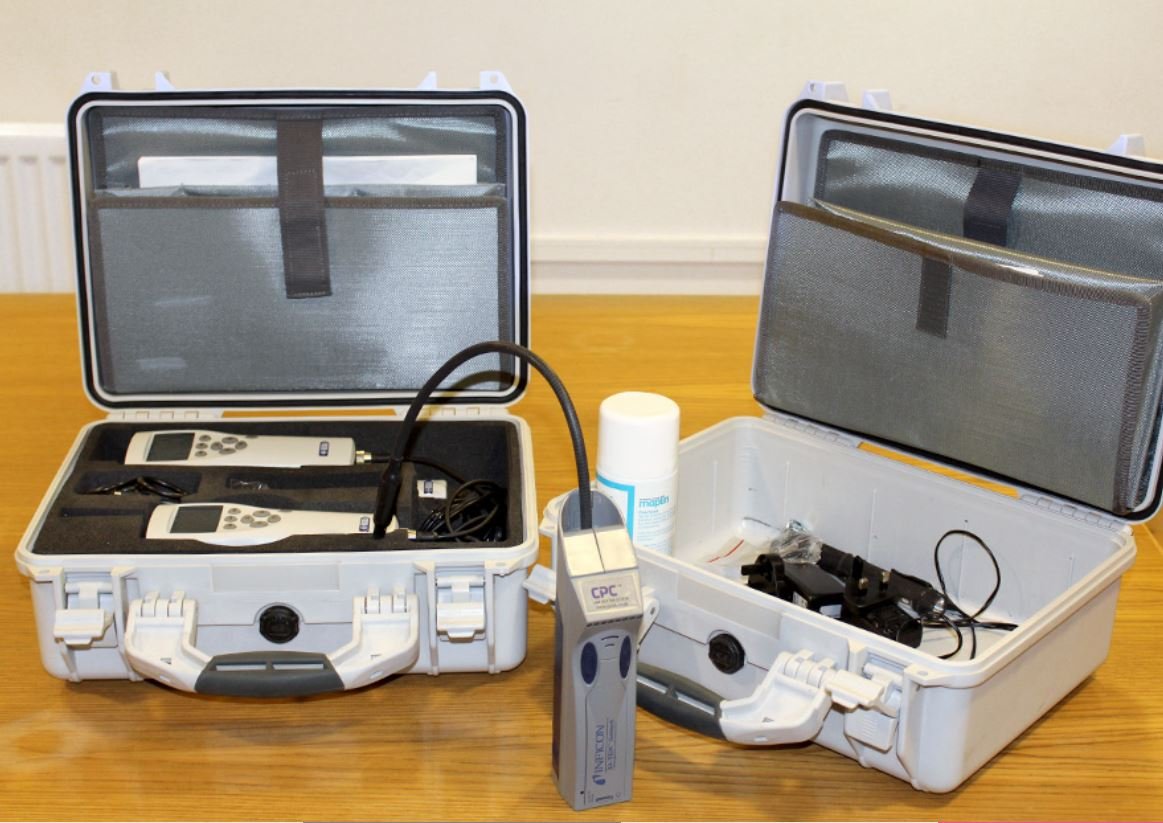
Services
Humidity
Artefacts are usually damaged by the fluctuation of humidity. The process of absorbing moisture and then drying out throughout the day, month or seasons. The job of a display case is to buffer those changes and keep a constant set relative humidity. This is usually done with silica gel. The main advantage of a low air exchange rate is that you need smaller volumes of silica gel. We can advise on types of buffers and quantity of silica gel required.
Air Exchange Rates (AER)
Low air exchange rates such as 0.1 require an almost perfect seal and can be affected by invisible gaps. That’s why we leak test all our cases as standard whilst installing them. We’ve also sent members of our team on training courses so that we understand the effects of the design on air pressure and flow. We can advise on the shapes & sizes that will naturally achieve the best results.
We do in-house air exchange testing and can provide our clients with reports if required. As the tests are usually taken over a 24hr period, its sometimes cost effective for us to train the client on the correct use of the testing equipment and loan them the kit for a week. We can issue both the reports and the raw data so that they can be independently verified if needed.
As well as being able to prove the air exchange rates to our clients, we also recognise the importance of this in our research and development. We train all our staff from the designers to the workshop team about the implications of air exchange rates, relative humidity and conservation of artefacts so that the cases are built with this in mind.










